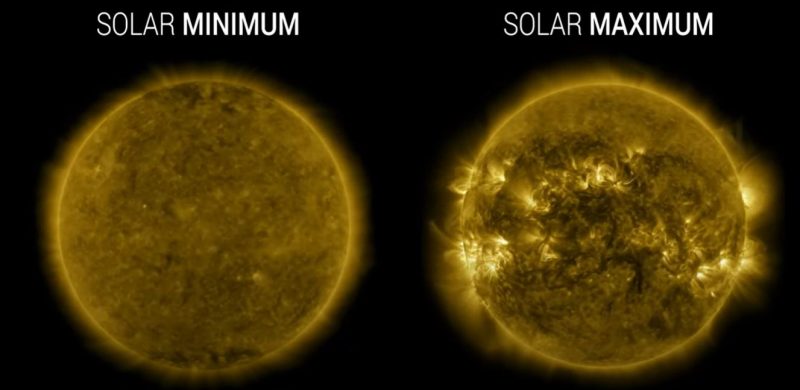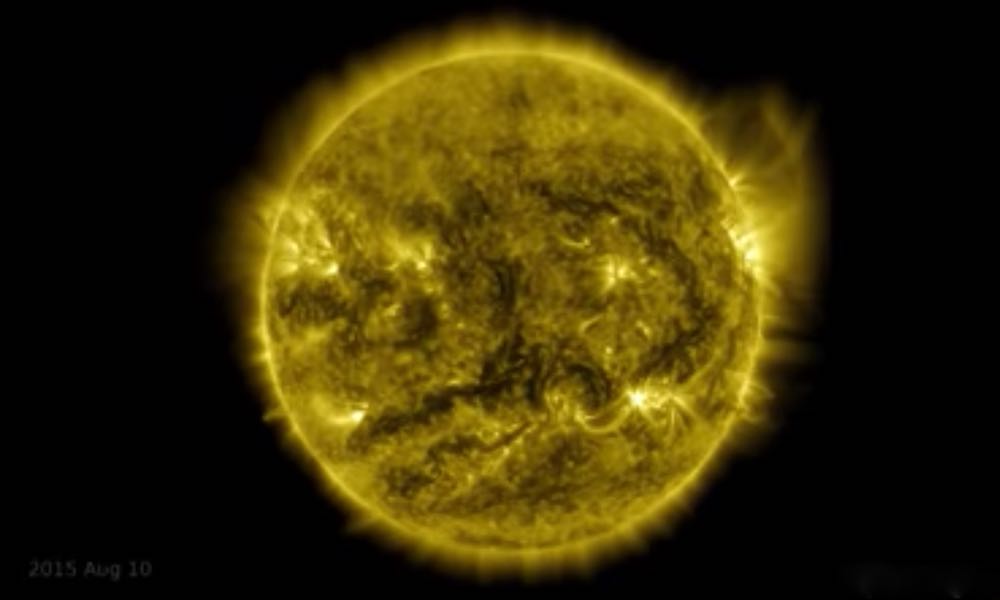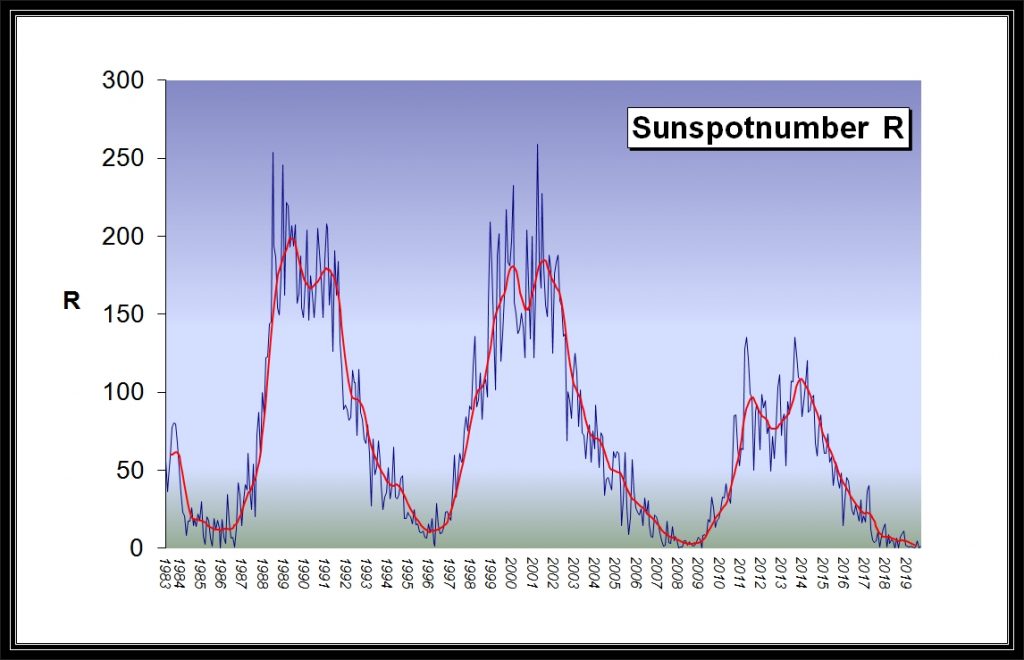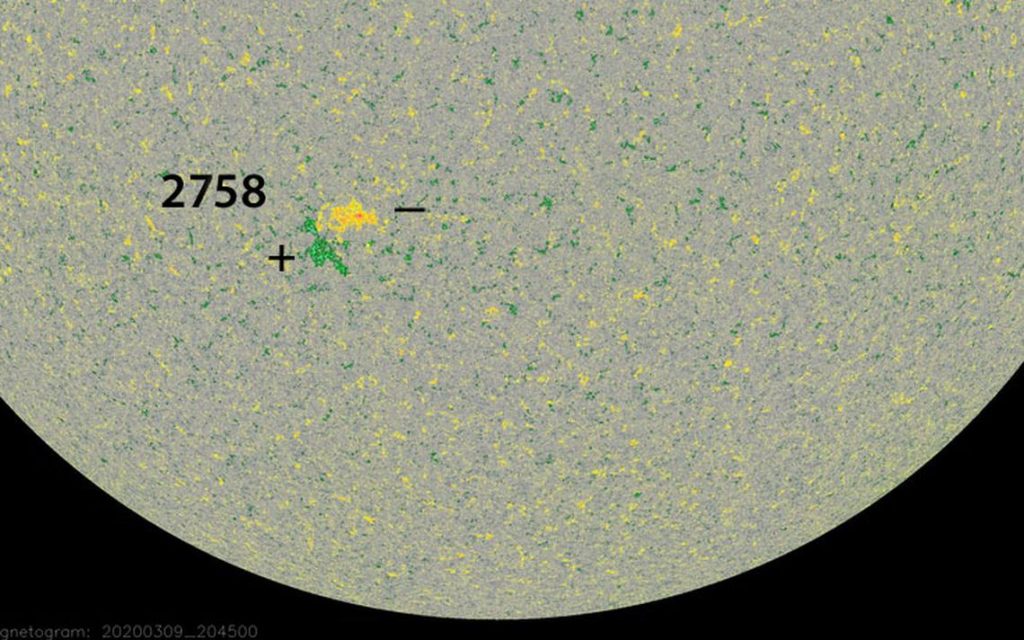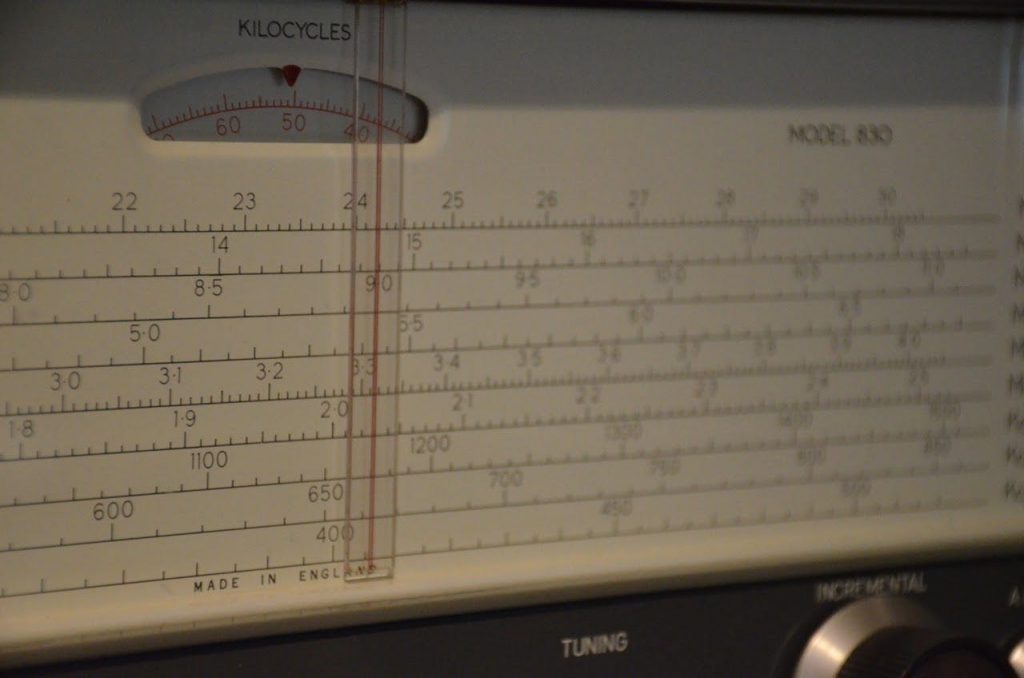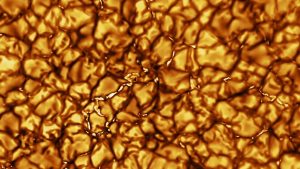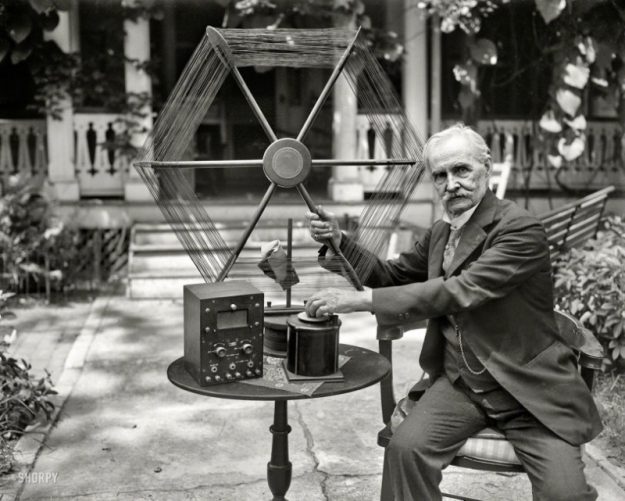 Radio Waves: Stories Making Waves in the World of Radio
Radio Waves: Stories Making Waves in the World of Radio
Because I keep my ear to the waves, as well as receive many tips from others who do the same, I find myself privy to radio-related stories that might interest SWLing Post readers. To that end: Welcome to the SWLing Post’sRadio Waves, a collection of links to interesting stories making waves in the world of radio. Enjoy!
Many thanks to SWLing Post contributors Ron, Paul Walker, and Troy Riedel for the following tips:
Ron shares this link to a discussion about vintage black and white photos that have been auto-colorized.[…]
A Windsor Township resident whose neighbors are upset over her amateur radio tower is within her rights to have the antenna on her property, township officials confirmed Monday.
An engineer went out to the site in the 400 block of White Rose Lane to inspect the 40-foot tower and ensure it didn’t pose a safety threat to neighbors, township engineer Chris Kraft told the board of supervisors at a meeting Monday.
“Based on that review, we feel the tower is structurally safe,” he said.
Lindsey Fowler is the homeowner who built the tower on her property last September. Fowler is a licensed amateur radio operator, according to Federal Communications Commission records, and her license is valid through December 2021.
[…]Marc McClure, one of the neighbors who lives near Fowler, told the board in October that he and several other neighbors were opposed to the tower and said it should be removed, according to minutes from the Oct. 21 board meeting.
McClure said the tower was an eyesore in the neighborhood and that he and others were concerned about the structural safety of the tower were it to fall, as well as the potential unknown health hazards from exposure to radio frequencies.
The neighbors were also worried about a decrease in their property values, McClure said.
[…]In Pennsylvania, amateur radio operators’ rights are protected by state statute, and municipalities are not allowed to unreasonably restrict the installation of towers fewer than 65-feet high.
And now that the township has confirmed there’s no safety risk to Fowler’s neighbors, township officials said the dispute is outside of their purview.[…]
LOCKPORT, Ill. (WLS) — A family in Lockport said strange sounds, including music and talk radio, has been coming out of their walls and keeping them up at night off and on for about six years.
“There are voices in the wall and I don’t know what it is,” said 9-year-old Brianna Smith.
It may sound like an episode of the popular Netflix show “Stranger Things,” but the mysterious sounds Brianna is hearing are real.
“It has been waking me up at night,” she said.
The sounds are coming from the bedroom walls of her home in the middle of the night.
“It kind of keeps us up at night,” explained Brianna’s father Richard.
Richard said the family doesn’t have any speakers in their walls. He captured some of the late night noise on his phone and sent it to the ABC7 I-Team. The music was faint, but the I-Team could hear it.
“It’s one of our favorite songs, but not at 10 o’clock at night,” Richard said.
Richard Smith called Lockport police, who took two detailed reports about the bizarre problem. In one, the officer noted that he could hear “voices and music” and “talking about Christ.” Then the officer said he heard a commercial for the Christian radio station AM 1160.[…]
Space weather isn’t just for humans. Whales are experiencing it, too. A new study published this week in the research journal Current Biology shows that solar storms can confuse whales and cause them to strand on beaches–and the mechanism is surprising. Get the full story on Spaceweather.com.[…]
Do you enjoy the SWLing Post?
Please consider supporting us via Patreon or our Coffee Fund!
Your support makes articles like this one possible. Thank you!


